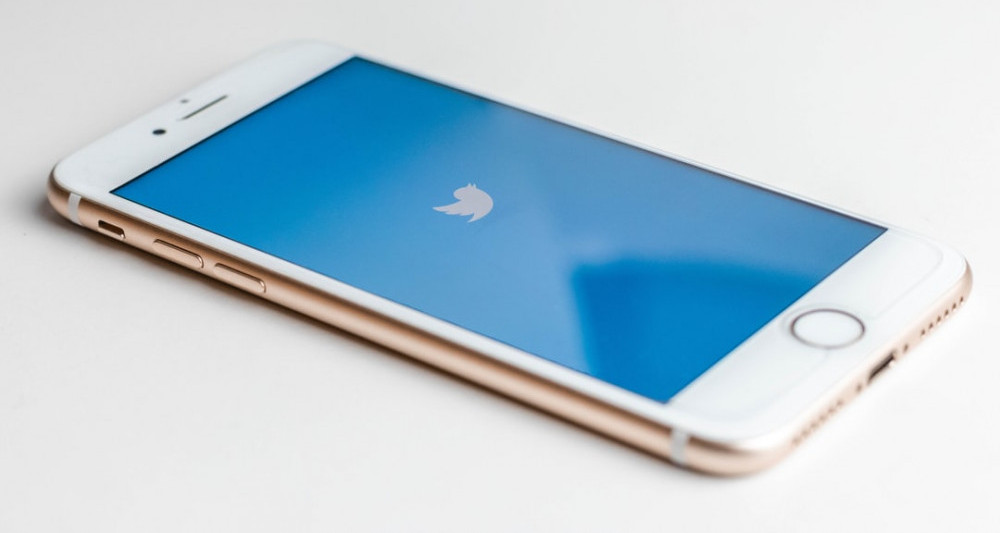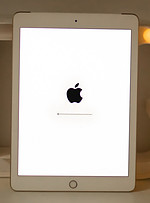Phone Numbers Have Evolved
Over time, the ways have changed on how we dial phone numbers. Now, all it takes is to simply press a set of buttons and wait for a call to go through.
You want to be sure that you’re dialing a number with the appropriate amount of digits required. You also want to make sure that the number you dial is in service of course.
It’s never a good idea to abuse the purpose of number dialing or abuse phone privileges in general. There can be repercussions that can come with it.
Take prank calls for instance. It’s not recommended to make those kinds of calls. No one wants those kinds of calls to potentially be traced. It’s also unwise to make false emergency calls. No arrests need to be made.
What Does The +1 Mean?
The +1 is a code used in much of North America. Countries like the US and Canada use it frequently. It can also be used in other areas in the vicinity including Caribbean areas and Pacific coast areas.
The number codes are mostly referred to as country codes. There are several other names for it. There are up to 9 of these codes in the world because there are 9 world zones.
These codes are categorized based on world zone. The order goes from +1, +2, +3, +4, +5, +6, +7, +8, to +9. Since North America is categorized as world Zone 1, the corresponding country code is +1.
This is supposed to apply mainly to mobile phones. However, landline phones may also require you to press 1 first before regularly dialing a phone number. Although it’s not exactly a “+1”, the same rule of pressing 1 before dialing still seems to apply.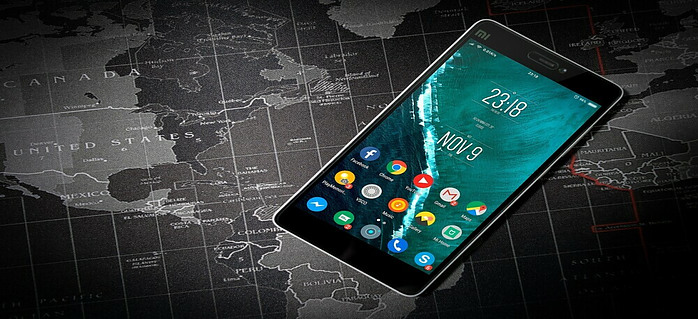
For smartphones and iPhones, the +1 can be seen. This could even happen with any flip phone users. A phone user can check his or her contacts and choose any name at random.
They will notice that all the numbers will have a +1 in front. Though it may seem like it’s something of a default, many cell phones are already preprogrammed that way.
The +1 is used on an international scale and has since become something of a normality. It didn’t exist at first but it did develop over time. This was attributed by one of the most famous and popular phone companies in the world.
When Did It All Start?
Although it did not become ingrained straight away. Interestingly, the concept came about in the 1940s in North America. It would also go into effect around that same time.
The effects of it didn’t really become felt for everyone at the same time. It had to start somewhere first with that “somewhere” being North America and then eventually going from nationwide to worldwide.
It’s growth increased on an unprecedented scale from the 1990s to the 2000s. This would also trigger other numerous ways of electronic communication aside from cell phones.
The phone company responsible for developing this concept is AT&T. The concept is a part of what is called a telephone numbering plan.
For most of North America, the corresponding plan is the North American Numbering Plan (NANP). North American countries like Mexico is not part of said plan.
Why Does It Happen?
The aforementioned reason behind it all stems from the numbering plan that AT&T developed. Every smartphone and iPhone in North America is affected by it and is categorized into a calling code.
So if you receive a call from one area far enough outside your local area, it will likely have a +1 in the front. In the US, it can vary from state to state. This can also apply for Canada’s provinces as well as areas areas of the Caribbean.
However, the +1 can possibly still be seen even when receiving an incoming call from a local number.
That may seem confusing but it’s nothing to really be alarmed by. The numbers are just getting rerouted.
What If You Don’t Need The Plus 1?
Ultimately, dialing +1 is commonly required. There have been many instances when an automated voice has said to dial a 1 first. It’s usually required when making a call to an area outside your region.
For more peculiar reasons, it might still be required even if a call is to be made within your region. Because phone numbers work differently depending on the area, the requirements can vary.
Did you find this helpful? Would you like to share your thoughts? Any and all are welcome. Additional updates are eventually made as new information becomes available. Thank you for reading!
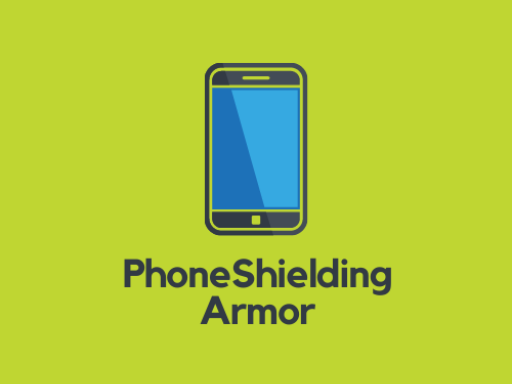







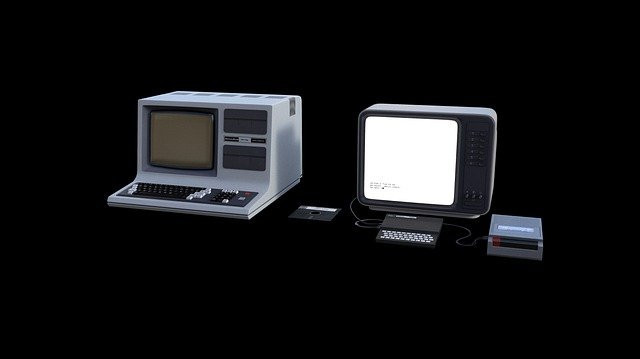








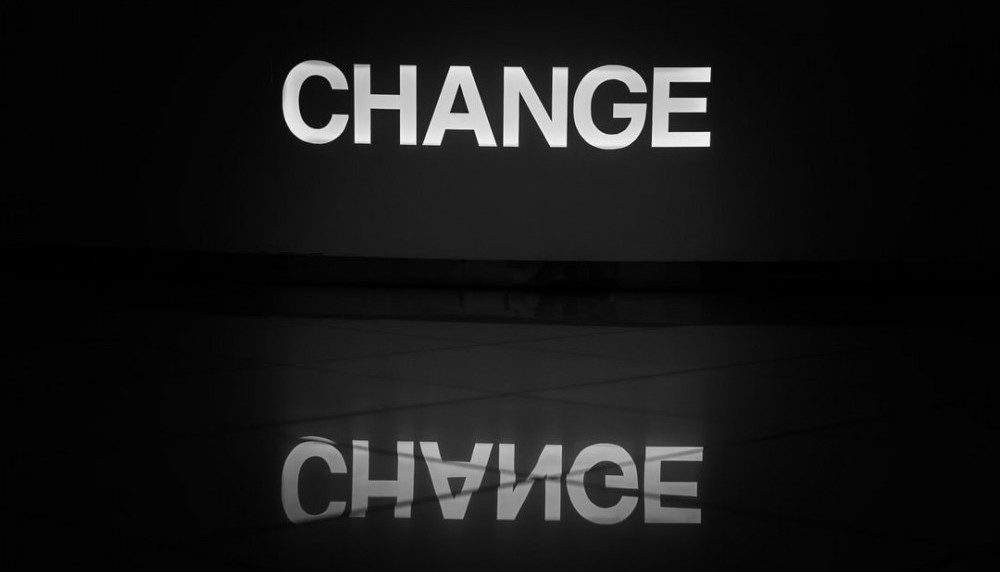


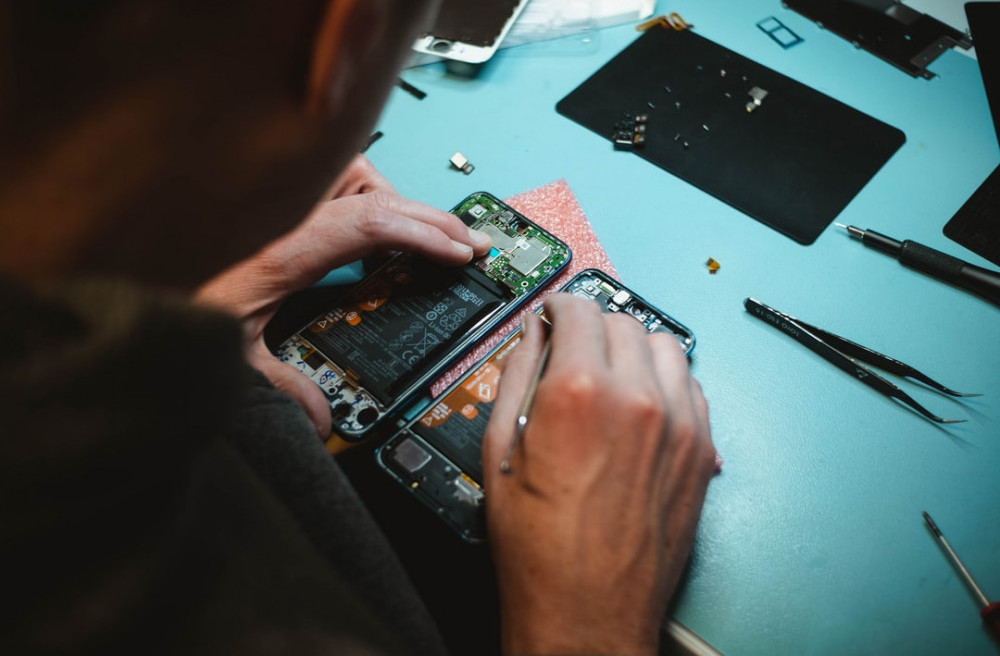
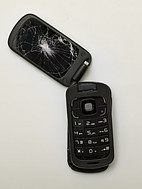
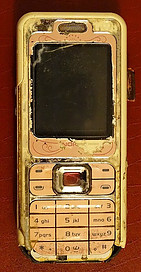




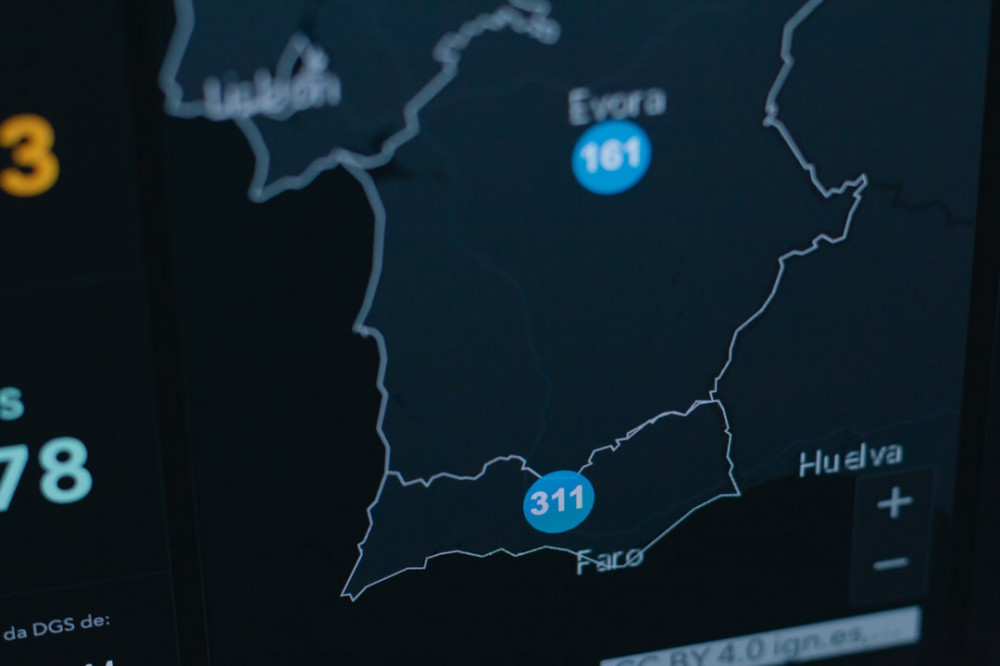
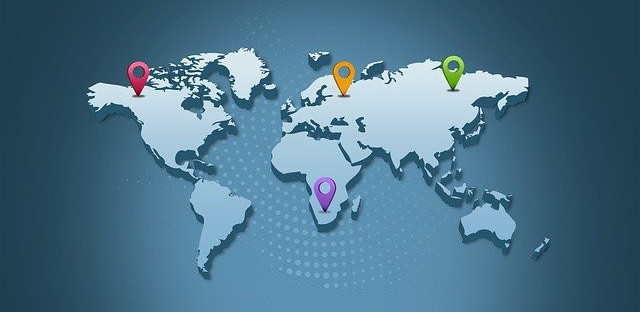
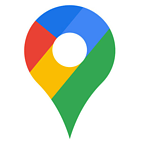


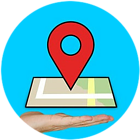









 Certain trends can have a bad influence on others. This can escalate to the point where certain trends can be riduculous and even have the potential to become dangerous.
Certain trends can have a bad influence on others. This can escalate to the point where certain trends can be riduculous and even have the potential to become dangerous.




